New to strength training from home? 7 effective yet simple dumbbell exercises for beginners to kickstart your strength
No gym membership? No problem.
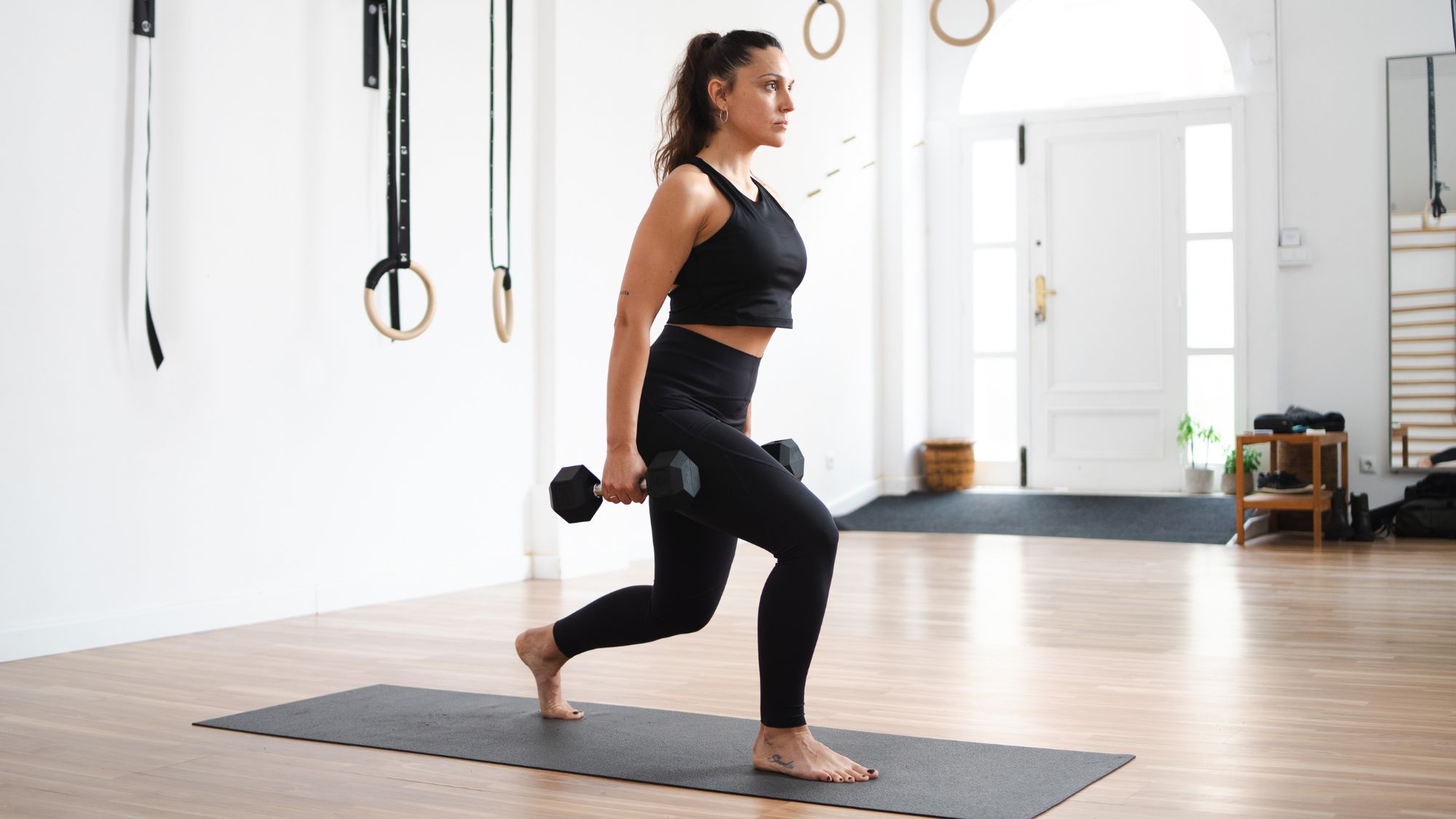

If you're someone who hates the idea of lifting weights in a gym - a common gym fear - but you're also keen to start feeling strong, we have good news: it's simpler, more effective and more accessible than ever to build strength from the comfort of your own home, thanks to the humble dumbbell.
In our quest for ever more exciting ways to get fitter and stronger, it's all too easy to overlook the fact that building strength doesn't have to be complicated. Believe it or not, as a form of fitness equipment, the dumbbell has been around since Ancient Greek times (that's circa 800 to 700 BC, for the history buffs out there) and the versions we use today are actually still pretty similar.
One of the most accessible pieces of training equipment, it's easy to see why dumbbell exercises haven't fallen out of favour almost 3,000 years later. Simple and accessible, they're perfect for beginners and seasoned strength trainers alike as a multi-functional, full-body tool.
"Dumbbells are among the most effective and accessible tools for beginners to start strength training," agrees personal trainer Edwina Jenner. "They allow for natural movement patterns, a better range of motion, and controlled resistance, making them ideal for learning proper form while minimising injury risk."
And their simplicity belies their efficacy, with studies (such as this one, published in the Journal of Strength & Conditioning Research) suggesting that dumbbells are just as effective as machines when it comes to building muscle mass and strength.
Not sure that lifting weights is for you? If you're still not on board with the concept, hear this: strength training for women is associated with a reduction in all-cause mortality (that's dying from anything), and the gains are even greater for women than for men when it comes to longevity. Research (like this study, published in the Journal of the American College of Cardiology) shows that women gain more from the same amount of exercise as men - which is great news when you take into account the impact that hormonal changes have on our physiology as we age (muscle mass and bone density decrease from our 30s onwards).
Convinced? Us too - which is why we've asked top personal trainers to share their favourite dumbbell moves for beginners, for your perusal. And while you're here, don't miss our other dumbbell-related content - we've got the best home workouts with dumbbells, 20-minute dumbbell workouts, and 30-minute dumbbell workouts, here, as well as guides to the many types of strength training and the best strength training workouts, here.
Marie Claire Newsletter
Celebrity news, beauty, fashion advice, and fascinating features, delivered straight to your inbox!
Look no further: 7 best dumbbell exercises for beginners
What is a dumbbell exercise?
First things first, though: what is a dumbbell exercise? "A dumbbell exercise is any movement that uses dumbbells as resistance to help build strength, improve muscle tone, and improve your overall fitness," shares Jenner.
She goes on to add that dumbbell exercises are highly versatile. "You can choose exercises to target specific muscle groups, such as bicep curls for the arms, or engage multiple areas at once, such as squats, or lunges which work the legs, glutes, and core," she goes on.
@liveyounglifestyle ♬ Left Me Like Summer - Daily J
What are the benefits of dumbbell exercises for beginners?
If you're new to the world of strength training, dumbbells are the perfect place to start. "Dumbbells are the one piece of kit I get every client of mine to invest in," says personal trainer and founder of Fitter Mother, Fi Chaillier.
So, why are they such a game-changer for beginners? Because they can be used for way more than simply building strength. "Their versatility makes them the perfect all-in-one piece of kit for anyone just starting out, looking for a strength-building, mood-boosting full-body workout," she goes on. "With just one piece of equipment, you can target everything from your arms, to your core, to your legs and work on your strength, stability, and coordination, too."
For more benefits, keep scrolling.
1. They improve mobility
Compared to using a machine, dumbbells are great for enhancing mobility.
"Dumbbells improve mobility by allowing you to work your joints through their full ranges of motion," notes Chaillier. "As a beginner, this helps you increase flexibility and joint health, reducing the risk of injury and setting you up for long-term success in your fitness journey."
2. They support functional movement patterns
"Unlike machines that limit your movement, dumbbells promote natural, functional movements, meaning they’ll help you move better in everyday life," Chaillier goes on. "This makes them so much more than just a strength-building tool - they’re about improving your whole-body functionality."
3. They improve balance and stability
"Beyond building muscle, dumbbells help improve balance and core stability," continues Chaillier. "Since you have to control the weight on each side, dumbbells engage your stabilising muscles, leading to better posture and coordination. And because they require you to use both sides of your body, they help fix muscle imbalances, ensuring a more symmetrical physique."
4. They provide a cardiovascular boost
While dumbbells are primarily strength-based, an added perk is the hit of heart-healthy cardio you'll gain from lifting.
"The versatility of dumbbells allows you to mix strength training with cardio," agrees Chaillier. "Compound movements, which involve several muscle groups working at once, like squats, lunges, and presses, get your heart rate up, boosting calorie burn while strengthening your muscles, so you can work towards a leaner body and stronger muscles at the same time."
@massy.arias ♬ original sound - Massy.Arias
What dumbbell exercises are best for beginners?
As with all forms of training, you'll need to start by focussing on form and technique in order to avoid injury and gain maximum benefits from your workout.
"As a beginner, focusing on proper form is essential to ensure safety and effectiveness when lifting weights," cautions Jenner. "Start with lighter weights to master the movements before progressing to heavier loads. Pay attention to your body alignment, keeping your core engaged and maintaining a neutral spine."
Additionally, coordinating your breath with your movements is crucial, the expert goes on. "Exhale during the exertion phase and inhale during the lowering phase. Understanding how to use weights correctly from the beginning will protect you from injury and accelerate your results," they share.
In terms of the type of move that's best for beginners, you'll get the most bang for your buck by engaging in compound exercises. "The best dumbbell exercises for beginners focus on building strength safely and effectively while working multiple muscle groups," notes Jenner. "These generally involve compound moves, such as goblet squats, dumbbell deadlifts and lunges."
7 best dumbbell exercises for beginners, according to top coaches
1. Goblet squat
What? A standard compound move, hold a dumbbell at chest height while performing squats for added resistance.
Why? "The goblet squat will strengthen legs, glutes and core," says Jenner.
How long for? Aim for ten reps to start with.
2. Dumbbell carries
What? The classic dumbbell carry (also known as a Farmer's carry) literally could not be simpler. It's essentially just walking with a dumbbell in each hand - the ultimate functional fitness move!
Why? "The beauty of dumbbells is that they allow you to move in a real, human, functional pattern," says personal trainer and founder of 432 Fitness, Liam Grimley. "Dumbbell carries are great for preparing you for life outside the gym too."
How long for? Lift, walk and repeat for ten reps. Increase reps and/or weight as you get stronger.
3. Bent over row
What? A classic strength training move, just make sure your form in on point to avoid straining your back.
Why? "The dumbbell bent over row strengthens the back and supports improved posture," explains personal trainer Neil McGuigan.
How long for? Try three sets of ten reps.
4. Dumbbell lunges
What? A standard strength training move, the dumbbell lunge is simple but spicy.
Why? "A dumbbell lunge is an essential dumbbell exercises that create a strong foundation for strength training in beginners," notes McGuigan. "Starting off with a dumbbell lunge can aid in mastering proper form, which helps minimize the risk of injury as you progress."
How long for? Aim for five to ten reps on each leg.
5. Chest press
What? The dumbbell bench press targets the chest, shoulders, and triceps and can be performed on a bench or on the floor.
Why? While compound moves are great when you're short on time, it's good practice to alternate lower and upper body moves, too. "Alternating your sets between upper body and lower body movements allows for faster recovery in a muscle group during a workout," agrees Steve Chambers, Certified Personal Trainer and Gym Manager at Ultimate Performance.
How long for? Aim for ten reps.
6. Bicep curls
What? A traditional isolation move, the bicep curl focuses purely on upper arm strength. "Isolation moves are single-joint exercises that are really effective at targeting specific muscles, such as the biceps," notes Chambers.
Why? "A dumbbell bicep curl specifically targets the biceps by requiring you to lift the weight through a range of motion, facilitating muscle engagement," says McGuigan. While a single-muscle move might sound easier, you're likely to tire faster.
How long for? Three sets of twelve to fifteen reps.
7. Shoulder press
What? Often performed with a barbell in the gym, you can adapt the shoulder press for a home workout by holding a dumbbell in your hand and lifting it above your head.
Why? "This move builds upper body and shoulder strength," says Jenner. As you're lifting the weights overhead while standing, you'll also challenge core strength and stability, too.
How long for? Try twelve to fifteen reps.
Shop MC UK's go-to strength training essentials now:
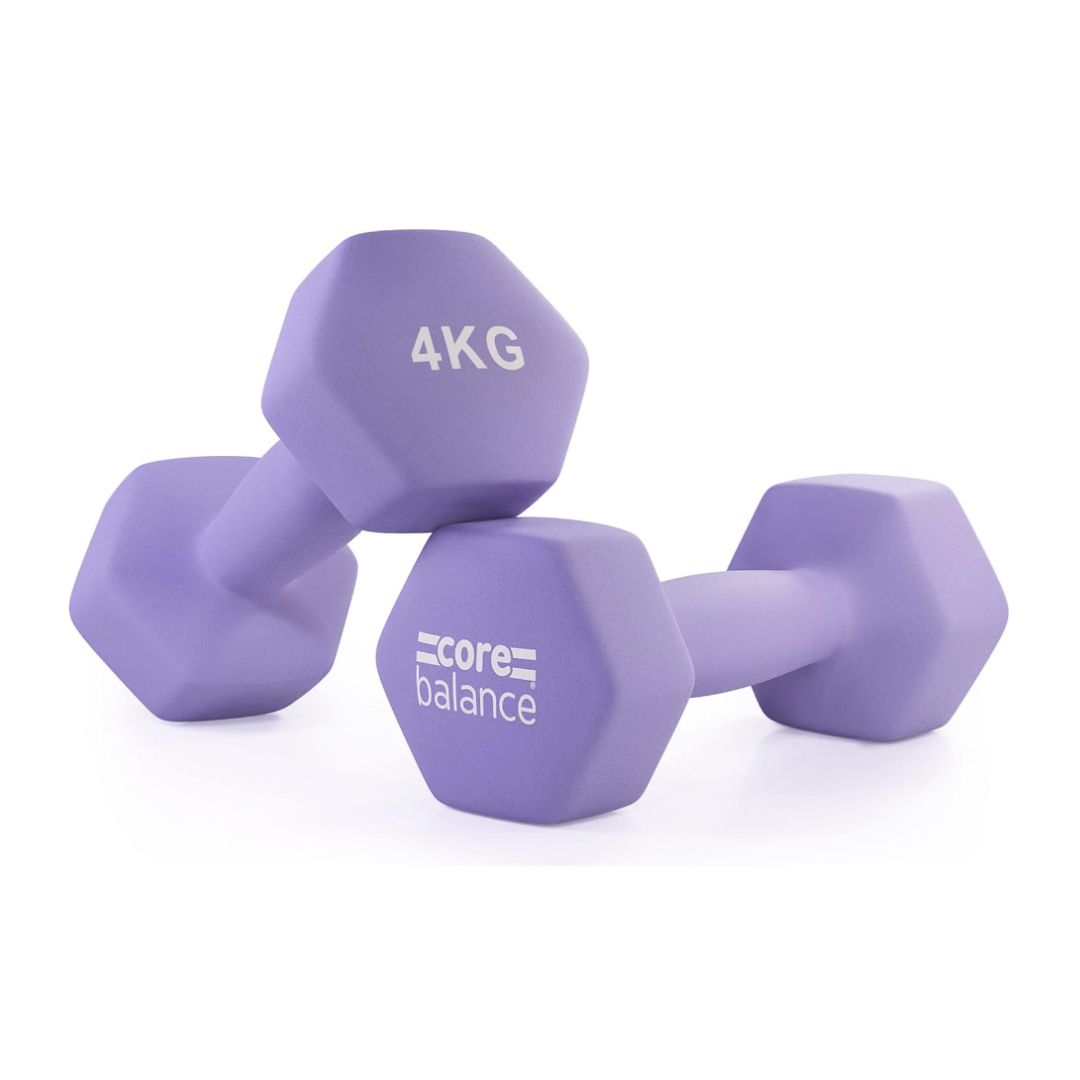
Invest in some neoprene dumbbells and you'll be all set to build some serious strength from home. This Core Balance pair are soft, easy to grip and available in a variety of weights. Feeeling brave? Get a couple of sets - progressive overload, sorted.
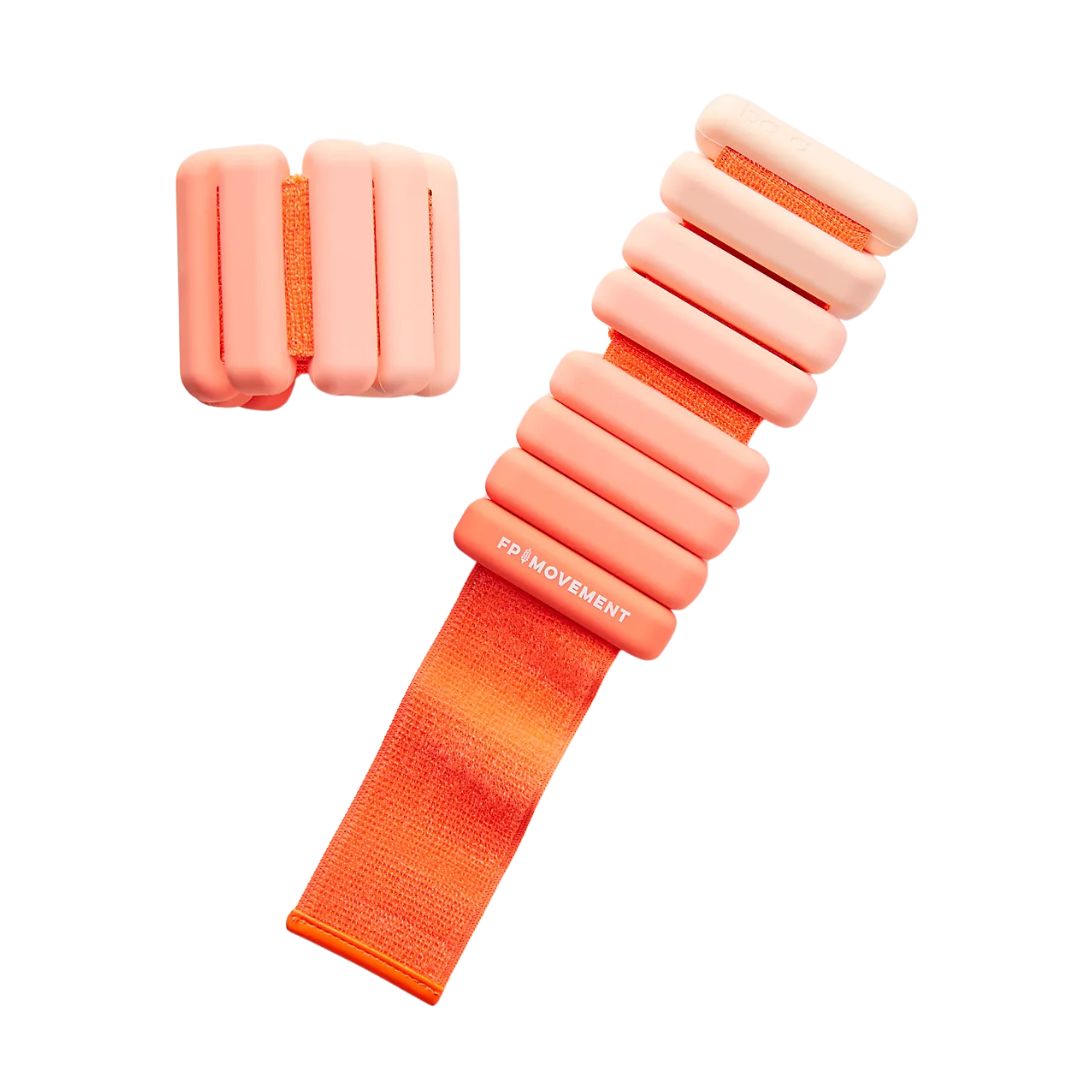
Not a fan of dumbbells or just fancy adding some spice to your everyday movement? Pop these Bala bangles around your wrists or ankles for extra burn.
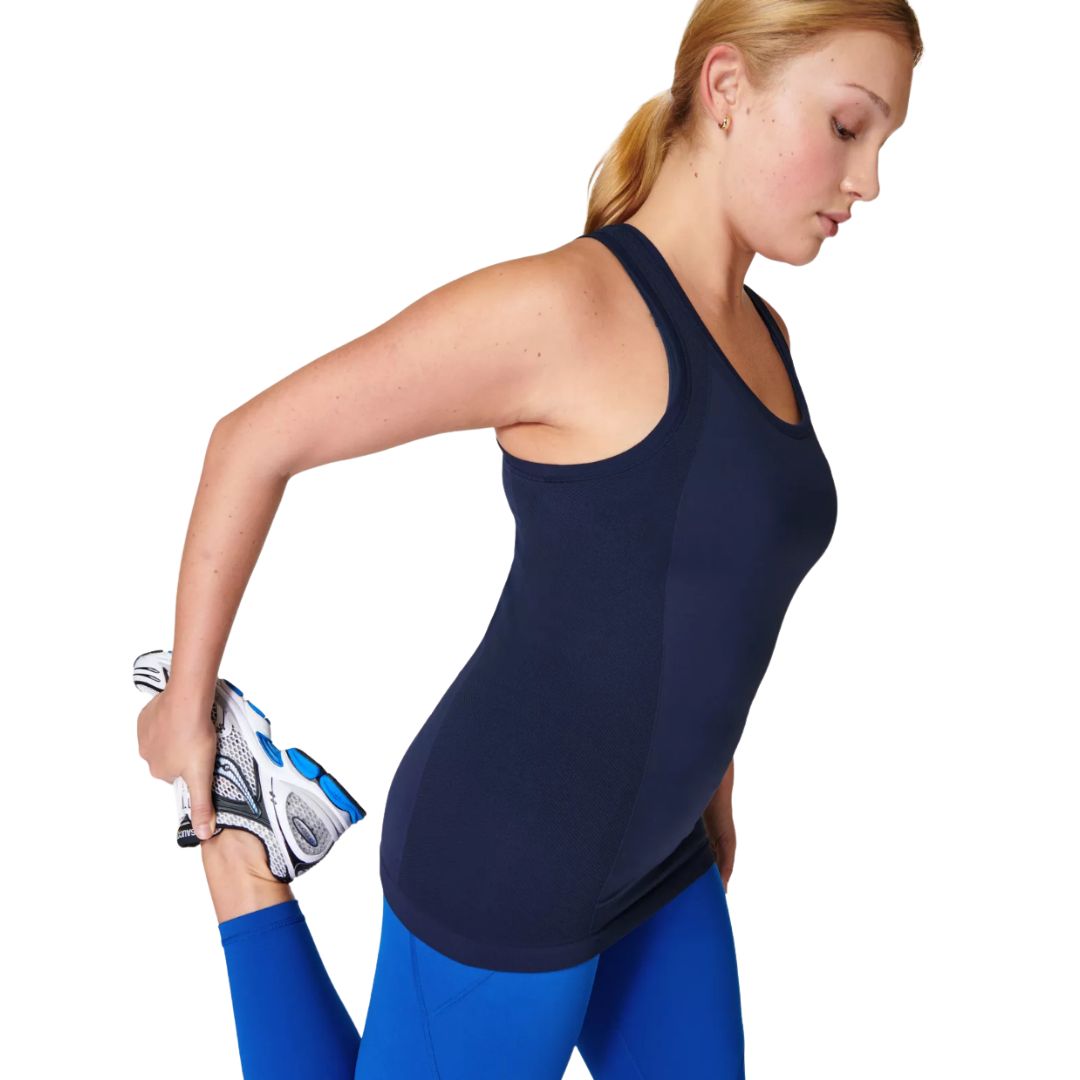
Show off your new-found biceps in this super soft and comfy workout vest from cult favourite Sweaty Betty. From Pilates to power lifting, it'll fit the bill.
How many times a week do I need to strength train?
We know that consistency is key when it comes to building strength, but at the same time, it's important to allow your muscles time to recover and repair. So, how often should we really be strength training for maximum results?
"For best results, beginners should aim to incorporate dumbbell workouts two to three times per week, allowing for proper muscle recovery between sessions," says Jenner. "Strength training causes small muscle tears, which repair and grow stronger during rest periods, so recovery is just as important as the workout.
"A well-balanced routine might include full-body dumbbell workouts or focus on different muscle groups on other days (upper body one day, lower body another, for example). You can increase the intensity by adding weight, reps, or an extra weekly session as you get stronger."

Anna Bartter is a freelance journalist who writes about health, fitness and women's lifestyle for publications including Stylist, Metro and Psychologies, among others.
She's always on a quest to find a variety of fun and functional workouts that give you the most bang for your workout buck and she's passionate about championing movement for everyone's mental and physical wellbeing.
-
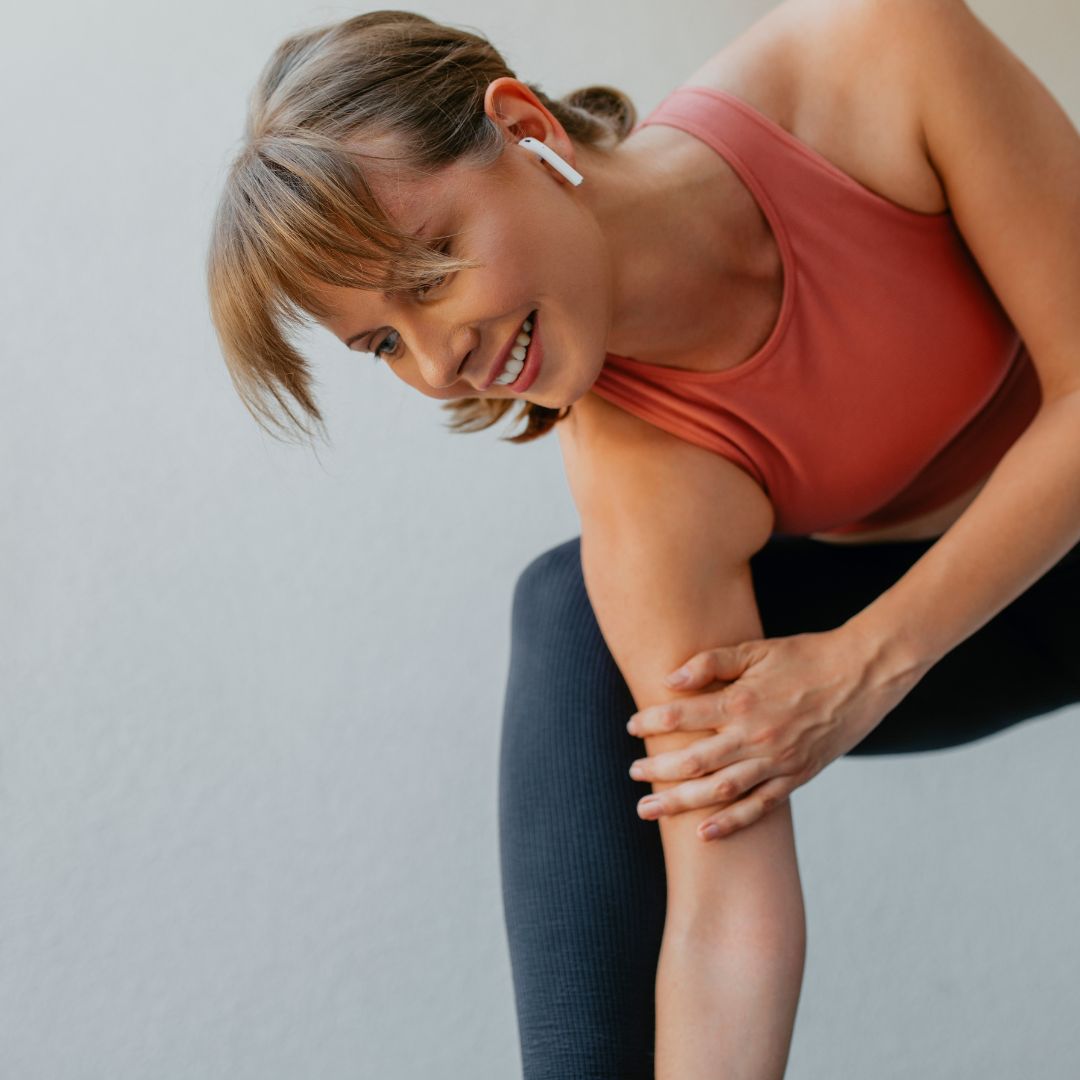 Rotational exercises are an often-forgotten workout move powerhouse - 7 that build core stability and reduce injury
Rotational exercises are an often-forgotten workout move powerhouse - 7 that build core stability and reduce injuryEasy, effective and essential? We're all in.
By Anna Bartter
-
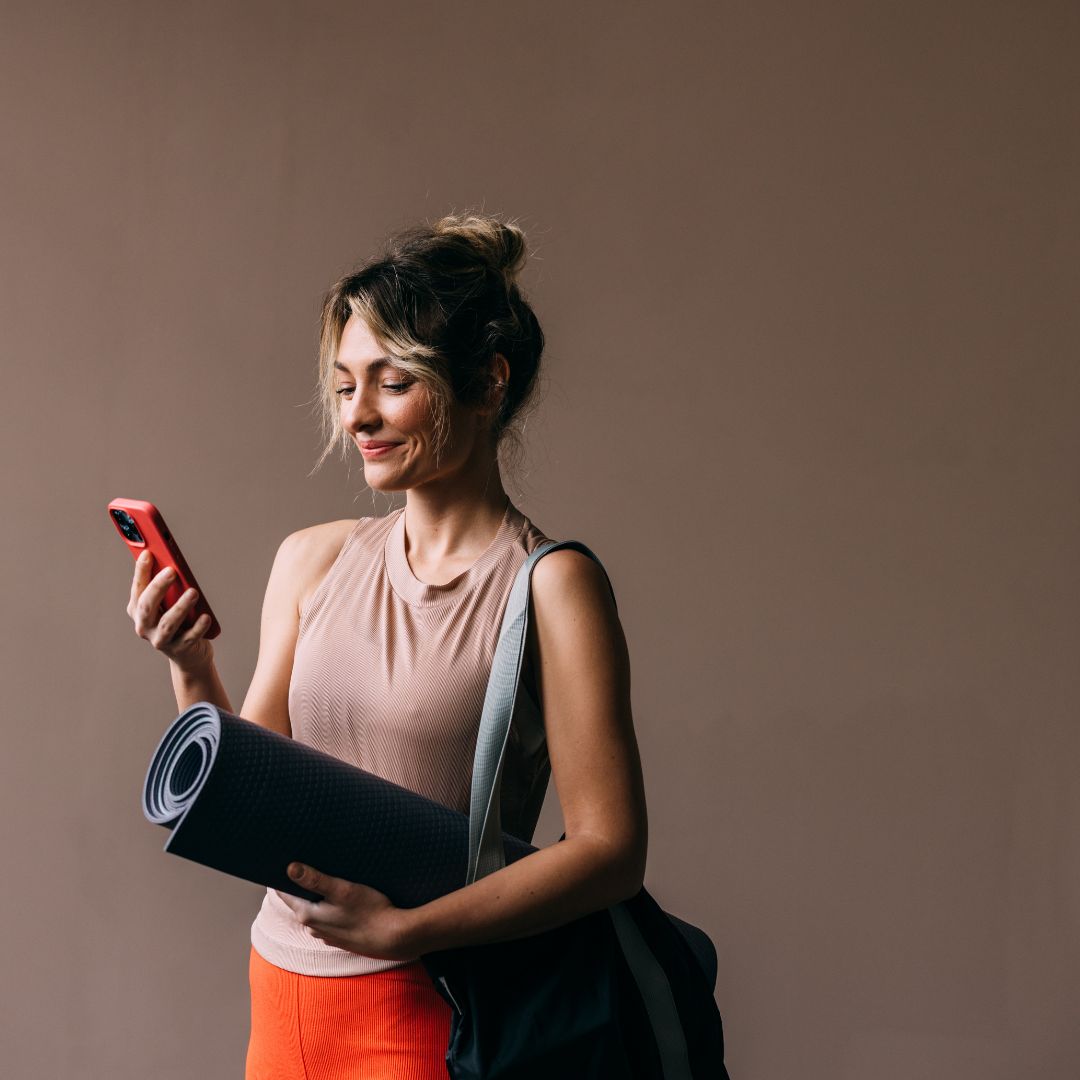 Fan of low-impact sessions? These are officially the 7 best Pilates apps for boosting strength, tone and mood
Fan of low-impact sessions? These are officially the 7 best Pilates apps for boosting strength, tone and moodYou can thank us later.
By Katie Sims
-
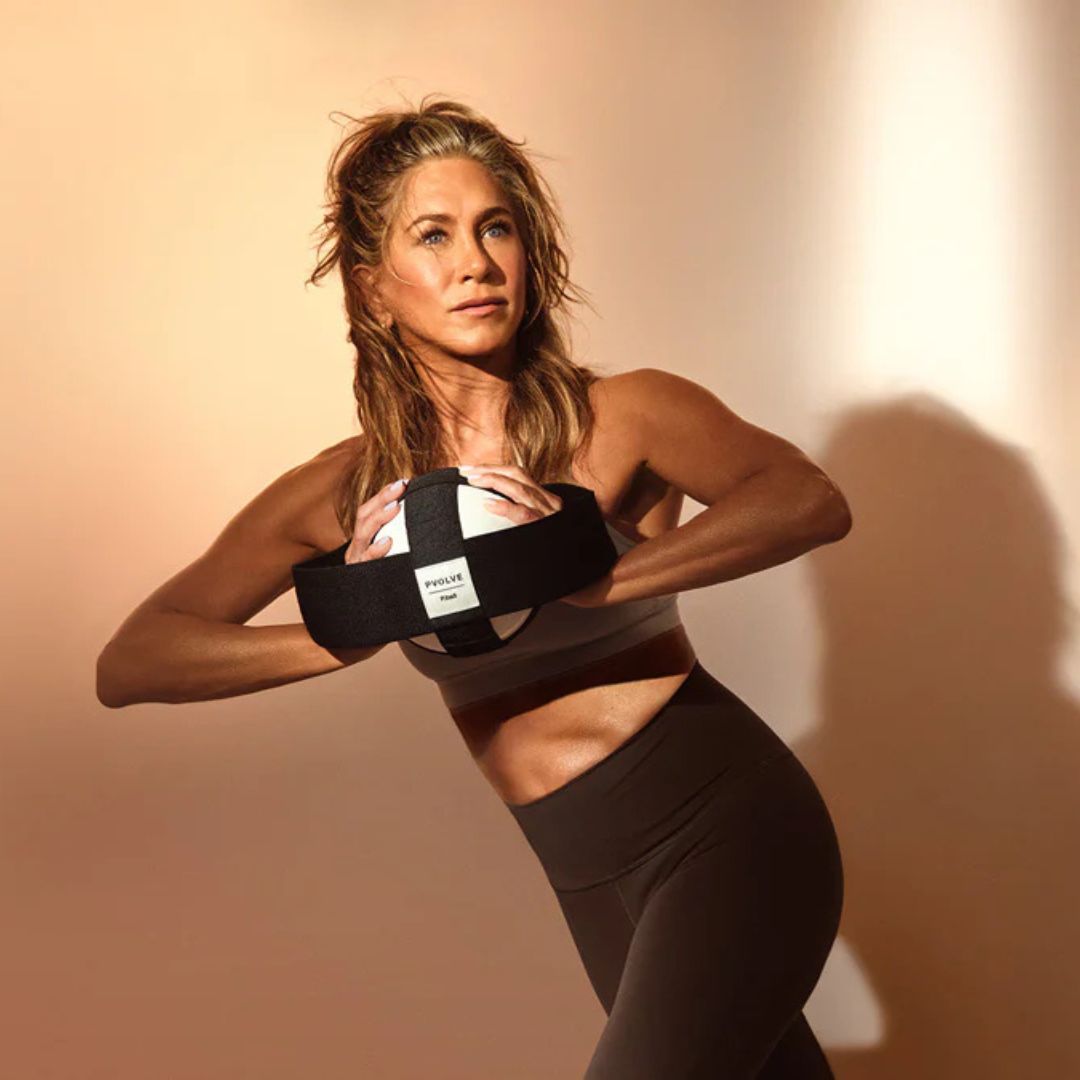 It's the trending workout of the moment and Jen An's go-to - but what actually is Pvolve and is it effective?
It's the trending workout of the moment and Jen An's go-to - but what actually is Pvolve and is it effective?Workout like an A-lister - because you're worth it.
By Anna Bartter
-
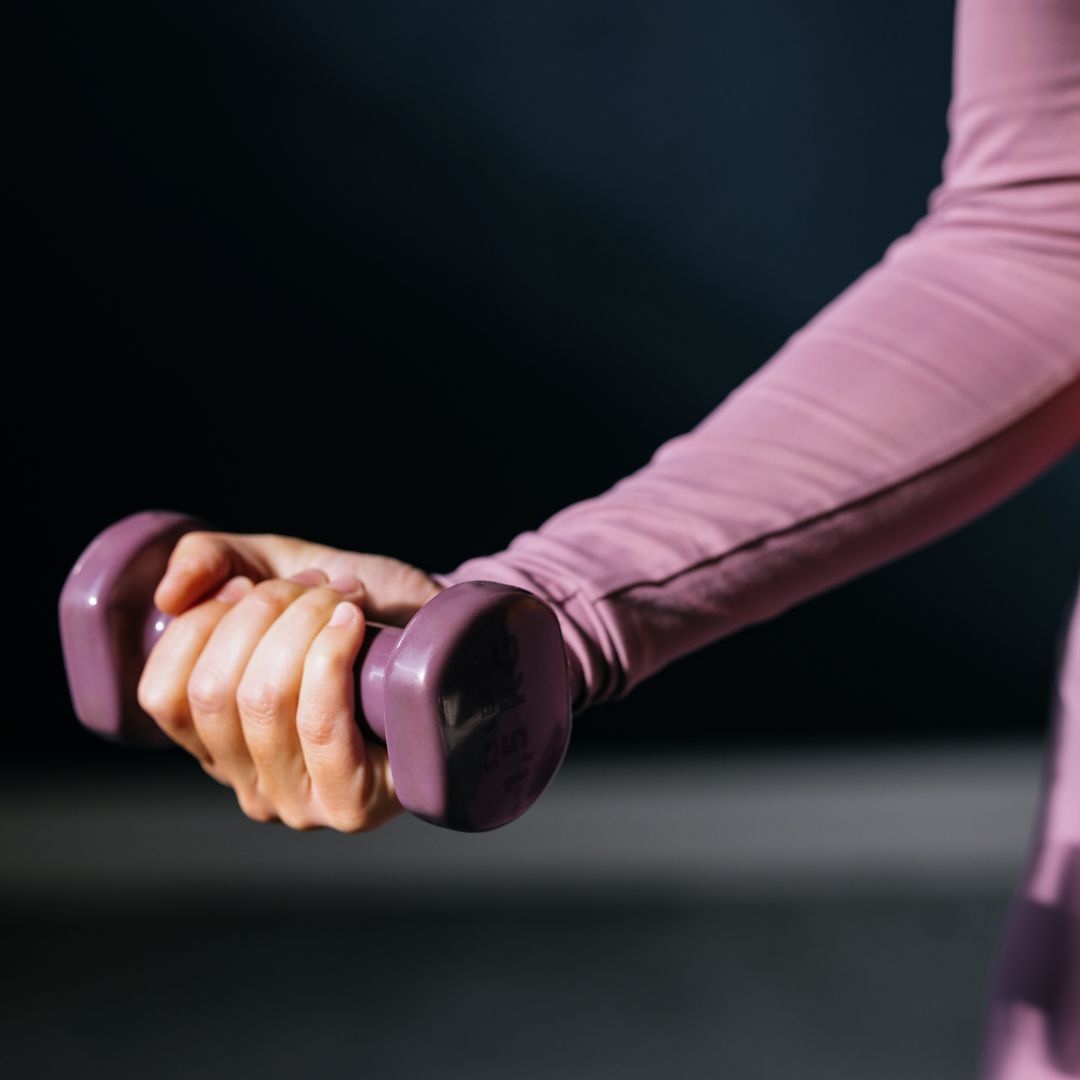 Lateral exercises are arguably the best moves you can do to supercharge balance and coordination - 5 to try
Lateral exercises are arguably the best moves you can do to supercharge balance and coordination - 5 to tryTry these moves for a well-balanced workout.
By Anna Bartter
-
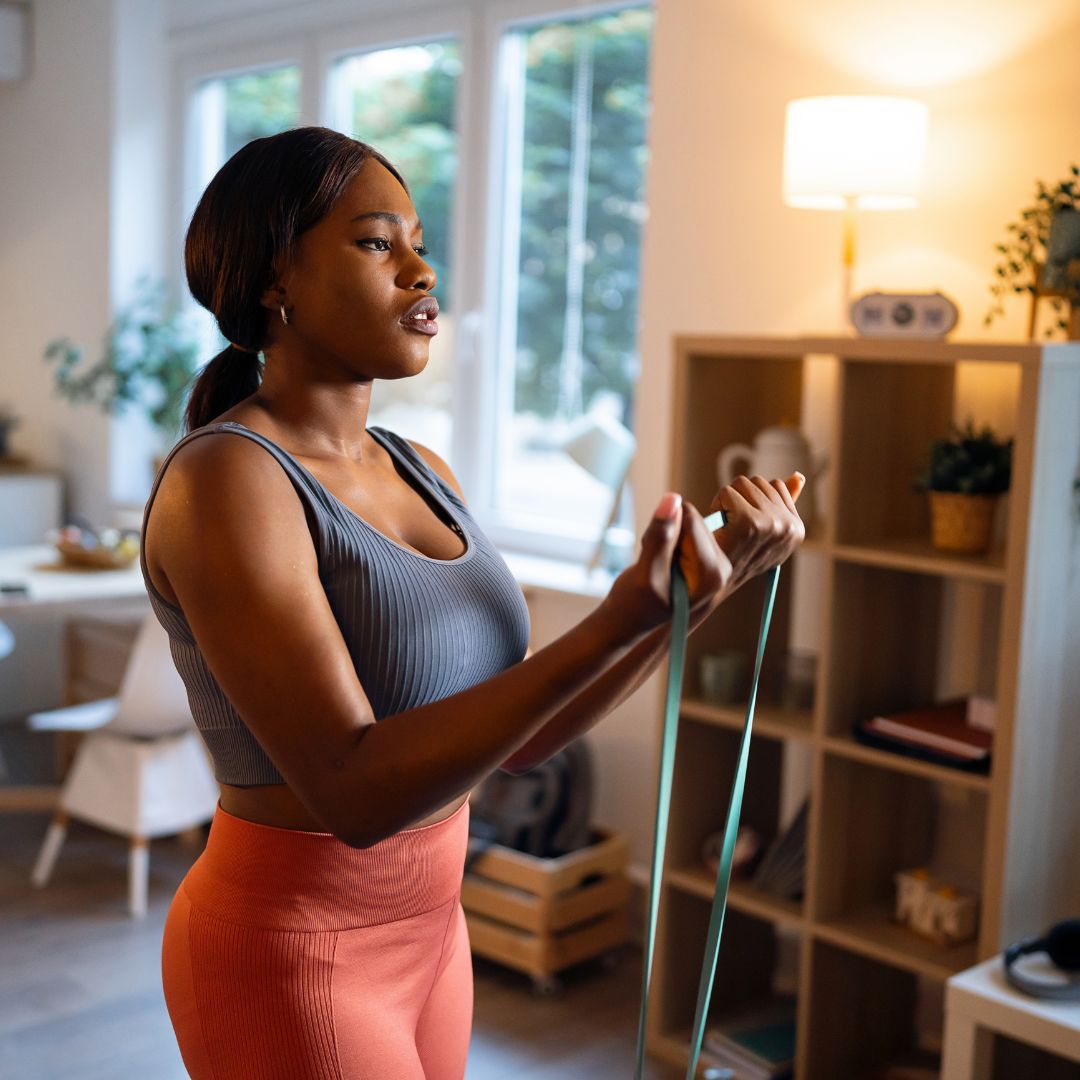 Eager to get strong from home? 6 advanced resistance band full body workouts that'll boost tone, balance and flexibility
Eager to get strong from home? 6 advanced resistance band full body workouts that'll boost tone, balance and flexibilityYes, you can get strong without weights.
By Anna Bartter
-
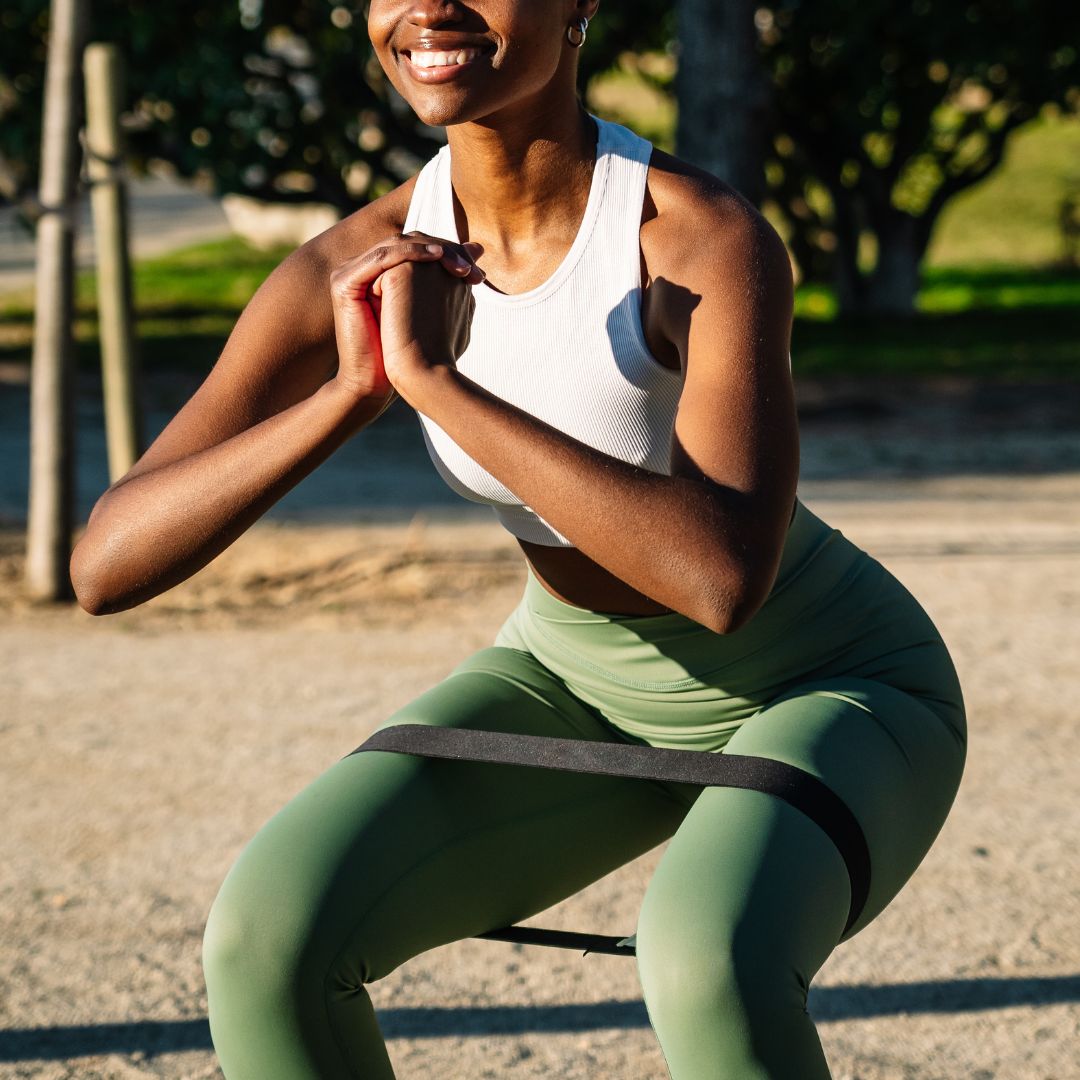 Loving your home workouts this year? 5 best YouTube resistance band workouts that are free *and* effective
Loving your home workouts this year? 5 best YouTube resistance band workouts that are free *and* effectiveSave these for later.
By Anna Bartter
-
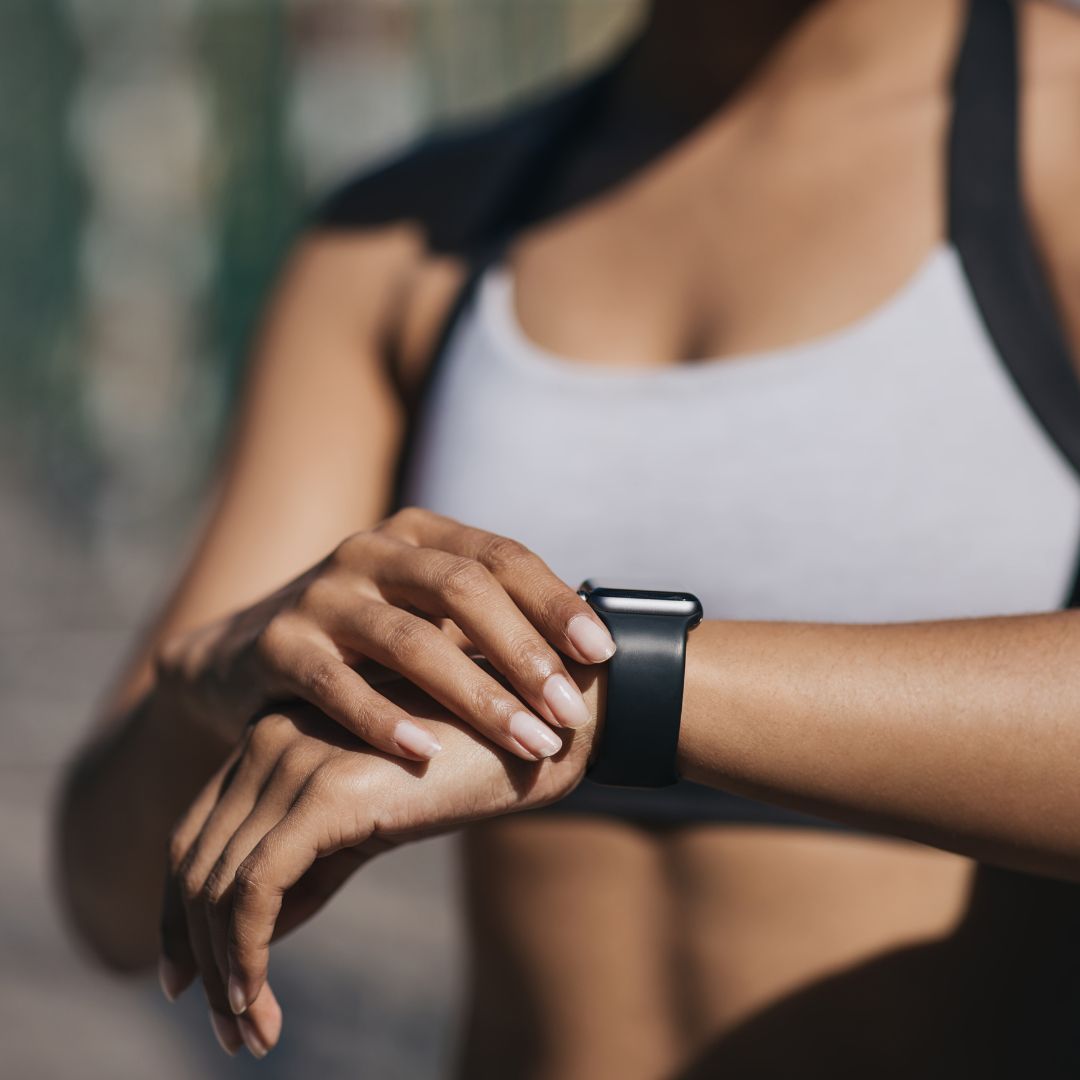 Still finding it too cold to exercise outside? 7 best advanced home workouts to boost muscle and endurance
Still finding it too cold to exercise outside? 7 best advanced home workouts to boost muscle and enduranceBecause home workouts aren't just for beginners.
By Anna Bartter
-
 I tried one of the most popular yoga poses, down dog, every day for two weeks - and it felt like a reboot for my mind, body and posture
I tried one of the most popular yoga poses, down dog, every day for two weeks - and it felt like a reboot for my mind, body and postureFile under: a yoga pose I'll keep coming back to.
By Rebecca Shepherd








